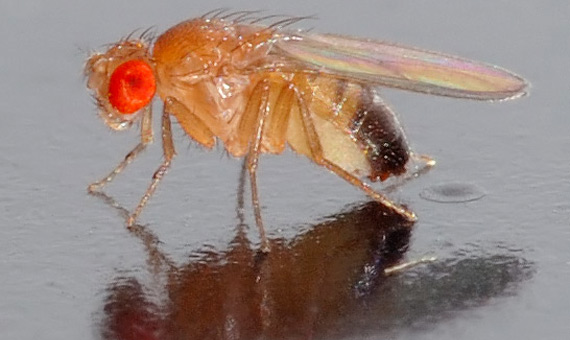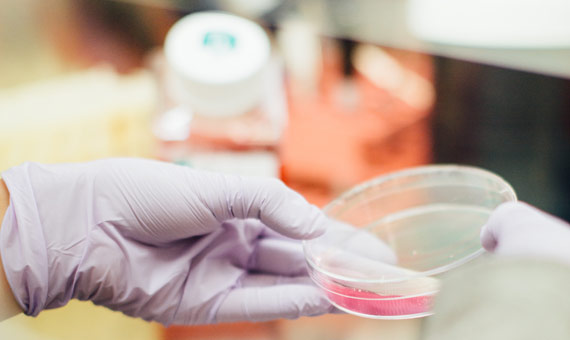Genetics is one of the most promising branches of science, with the most chances of transforming our life. However, the potential for information hidden in our genes is not as easy to decode, let alone to “tamper with” to able to benefit our species.
In 2002, the Human Genome Project completed the first whole-DNA sequencing of a human being. This milestone revealed the 20,000 genes that make up human beings, the exact same number as you find in mealworms, fruit flies or mice, as explained by the scientist and researcher Steven Monroe Lipkin in his article for OpenMind.
Does this mean that the genetic material of Albert Einstein (for example) is not that different from the material of a fruit fly (drosophila melanogaster)? Without underestimating Einstein’s role, this fly is key to developing genetic research and, as such, the medicine of the future. Such is its importance that there is even an online database (Homophila) for researchers to exchange and check its genetic information.

DNA, the Rosetta stone for medicine in the future?
Since we are so genetically similar to the fly, what makes the difference? As explained by professor Lipkin, the key lies in the interaction between a person’ genes. In other words, the same genes don’t always have the same result because they change, either due to environmental factors (e.g. diet or exercise) or due to a variation in a gene (genetic mutation) that alters the impact on other genes. As a consequence, there can be wide genetic diversity among individuals of the same species.

In terms of medicine, when we apply this analytical system to ill people (due to genetic causes), there are also differences. Why is it that a person can carry a gene that may lead to a genetic condition but does not actually develop this condition? Lipkin explains what disease modifiers are. On the one hand, we have environmental factors (e.g. diet and exercise); on the other hand, we have what we have called “interaction between genes.”
However, in addition to harming the patient, these genetic alterations can mitigate a disease’s symptoms. So, would it be possible to identify these ad-hoc changes and have doctors use them to treat patients? This is one of the goals of applying genetics to medicine but how is it possible to get something so specific right? There are millions of individuals and each and every one of them has a different combination of genes… Even though it may be seemingly contradictory, we need to start with groups: the key resides in population genomics. In the words of poet John Donne (1624) a long time before he could have imagined the current genetic setting, “No man is an island.”
Comments on this publication